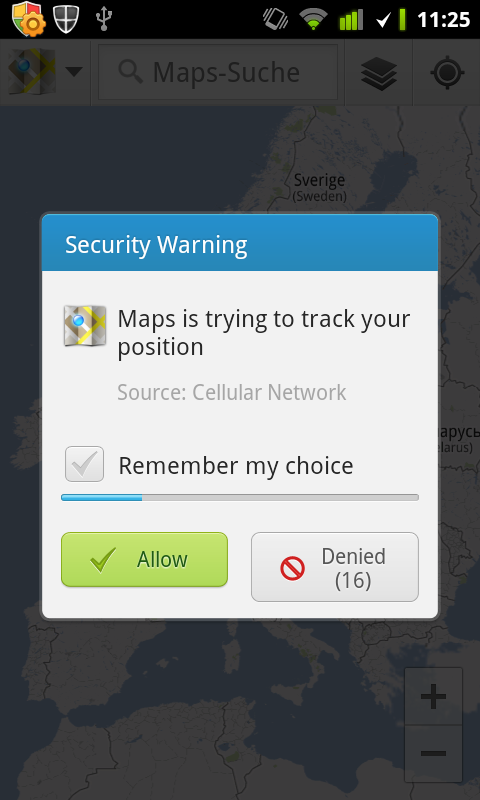


FREE PRIVACY GUARD MONITORING DUE TO DATA BREACH HOW TO
An incident response plan is focused on handling a cybersecurity incident and its fallout from start to finish, whereas a DR plan is a more robust plan that considers the potential of serious damage to the whole enterprise and how to restore technology. Incident response plans are critical to any security program because they provide detailed actions for responding and reacting to specific incidents. Learn more about business continuity plans here. A disaster recovery plan considers a more structured approach to the recovery process rather than the continuity process. What is a Business Continuity Plan?Ī business continuity plan (BCP) is similar to a disaster recovery plan, but a continuity plan is an overarching plan that outlines the steps needed for a business to continue operating in the event of an incident or disaster. Without these plans in place, companies can suffer catastrophic damage in form of data loss, data exposure, significantly reduced productivity, penalties and fines, reputational damage, lost revenue, and unplanned recovery expenses.Ĭreating disaster recovery plans, along with business continuity and incident response plans, can help build confidence with stakeholders, investors, clients, and business partners that demonstrate the capability and preparation to deal with any incident.

Why Is Having a Disaster Recovery Plan Important?ĭisaster recovery plans are just one part of an overall security plan and should be established and implemented along with business continuity plans and incident response plans. More specifically, a disaster recovery plan measures how capable an organization’s ability to restore IT infrastructure functionality and access to critical data, regardless of the disaster event.Ī DRP should identify the responsibilities of staff within the organization, outline the step-by-step instructions for the disaster recovery process, and create plans to mitigate and reduce the impact of the incident so that the company can resume basic operations. Unplanned incidents or disasters typically include cyber attacks, system failures, power outages, natural disasters, equipment failures, or infrastructure disasters. A disaster recovery plan (DRP) is a set of detailed, documented guidelines that outline a business’ critical assets and explain how the organization will respond to unplanned incidents.


 0 kommentar(er)
0 kommentar(er)
